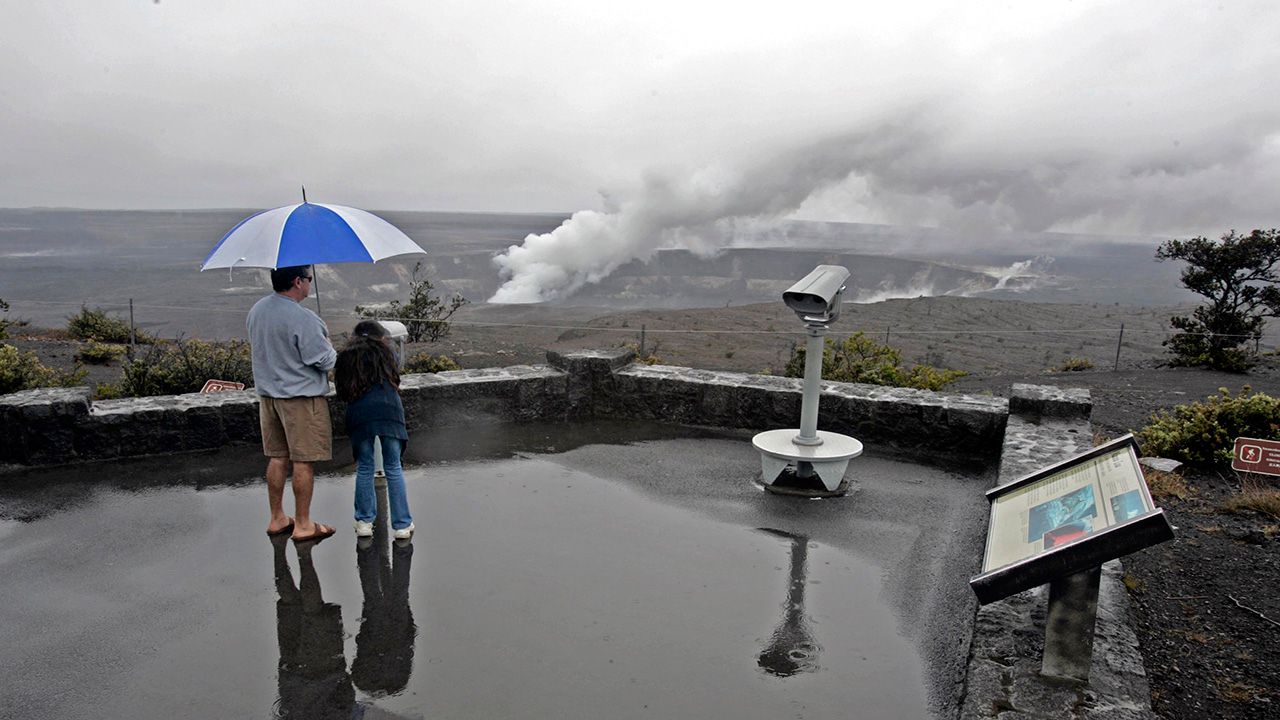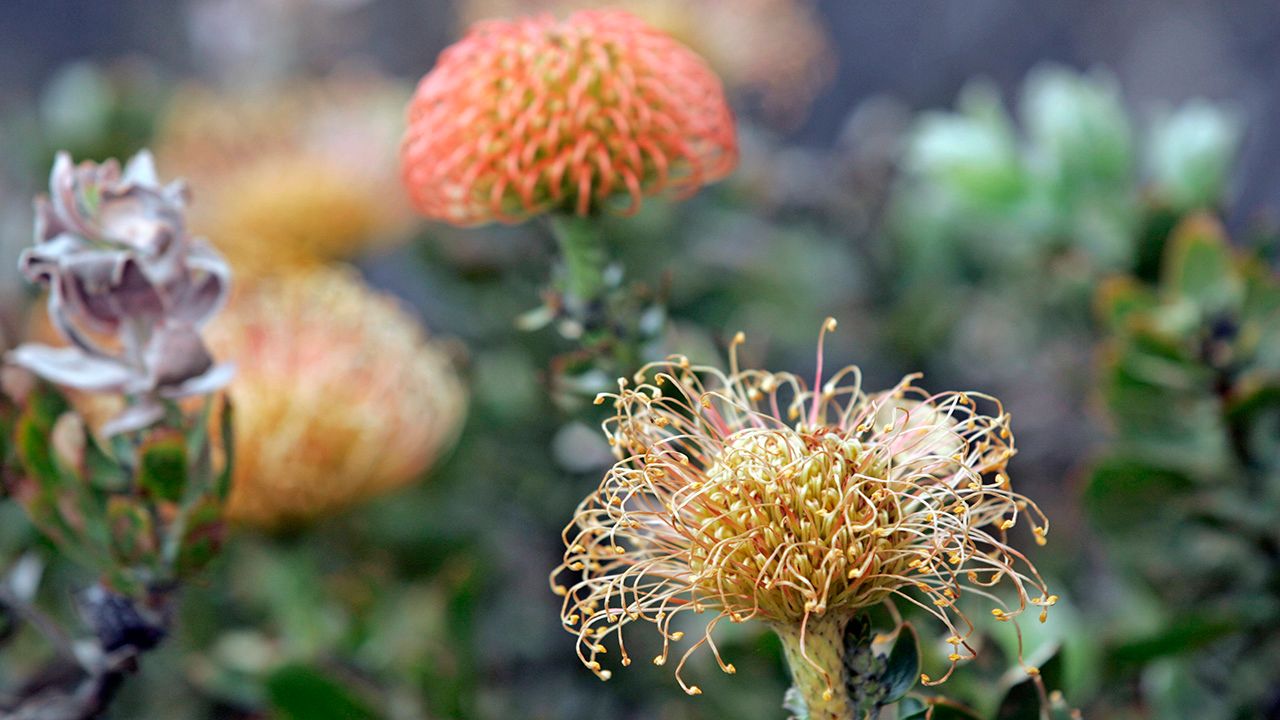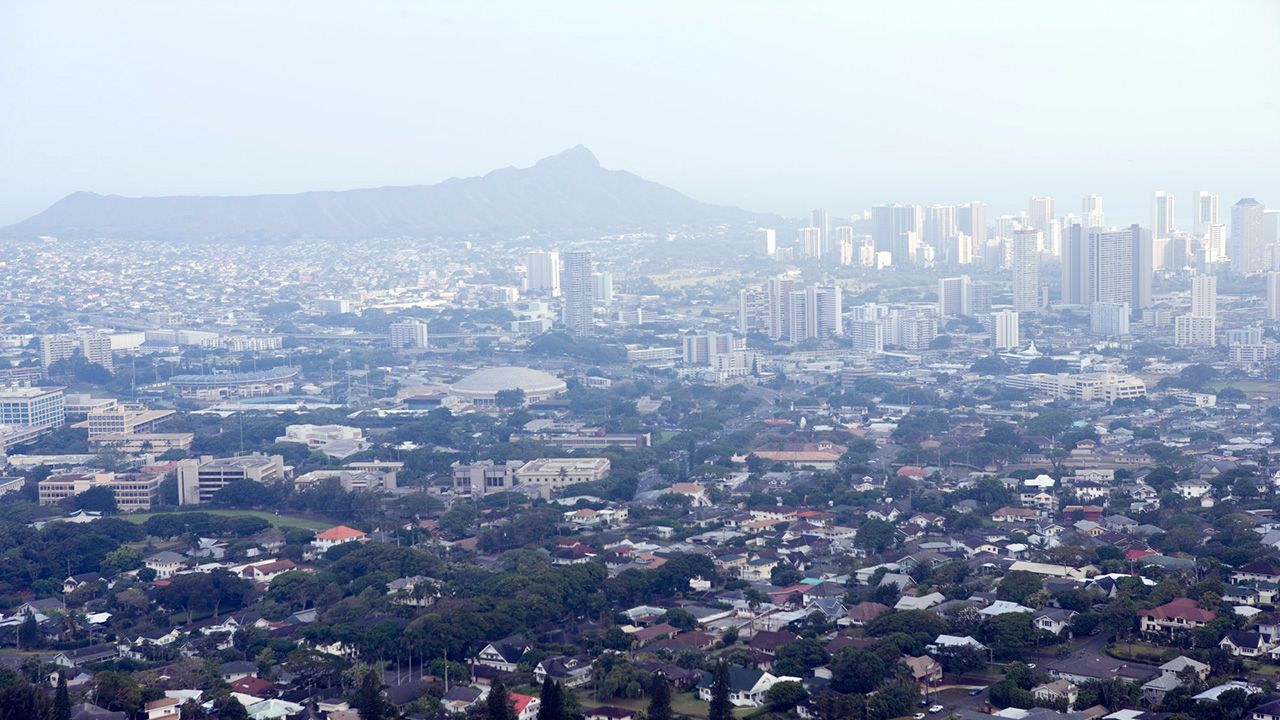With Mauna Loa erupting again, vog may be of concern.
Everyone on the mainland has heard of fog, but very few know about vog.
It’s volcanic smog, and it can cause harm to people, vegetation and infrastructure.
According to USGS, Volcanic smog is a visible haze made of gas and an aerosol of tiny particles and acidic droplets.
It’s produced when sulfur dioxide and other gasses emitted from a volcano chemically interact with sunlight and atmospheric oxygen, moisture and dust.
These emissions can cause environmental and health risks to people and communities.

Vog can impact anyone, but it especially affects people with pre-existing respiratory conditions.
Aerosol particles in vog can induce asthma symptoms and produce difficulty breathing. It can also penetrate airways and produce respiratory distress.
The sulfur dioxide can also irritate your skin, eyes, nose and throat.
Some complaints people have when exposed to vog include:
- Headaches
- Breathing difficulties
- Watery eyes
- Sore throat
- Flu-like symptoms
- Lack of energy

Not only do particles from vog impact people, but it also brings a negative impact to the environment.
The USGS says if vog mixes with moisture on plants, it can cause chemical burns, which can be lethal.
Sulfuric acid in vog can create acid rain and can cause lead to contaminate drinking water through a process called leaching. That's when the acid extracts the lead in roofing and plumbing materials. This can pose a huge health hazard, especially in rainwater-catchment systems.
Acid rain can also corrode utility lines, communication equipment, vehicles and other metal objects.
The best thing to do to protect yourself is to stay inside and close the windows and doors tightly. If you can, use an air conditioner with all vents closed and re-circulate the air.
Avoid any physical activity and drink plenty of water to avoid dehydration.
If you have any respiratory ailments, keep your medication with you at all times and if any health problems develop, contact your doctor right away.



